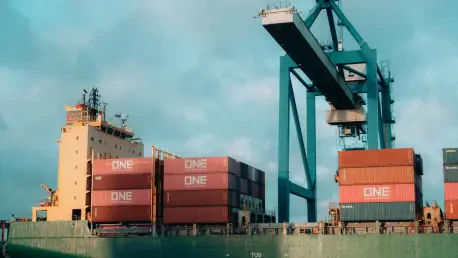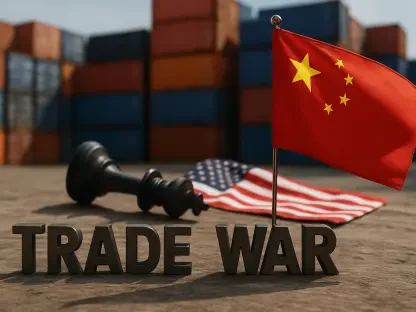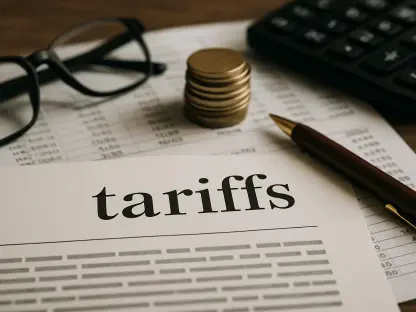In a significant move that underscores the evolving dynamics within maritime commerce, Clarksons is venturing into the container freight forward agreements (FFAs) market by establishing a derivatives desk. This initiative represents a strategic expansion into a burgeoning segment crucial for managing freight risk as global shipping faces unprecedented volatility. Led by Peter Stallion, a prominent figure known for his substantial contributions to container freight derivatives, this new desk marks the eighth in Clarksons’ derivatives division. Stallion’s leadership is a testament to Clarksons’ commitment to leveraging expertise in a domain characterized by rapid fluctuations. The expansion comes amid this year’s planned introduction of container futures contracts across two exchanges, signaling a global trend towards more comprehensive risk management solutions, especially in the face of unpredictable market factors like canal disruptions and capacity changes.
Strategic Expansion and Industry Implications
The creation of Clarksons’ container FFA desk signifies more than a mere extension of its derivatives offering; it’s a strategic adaptation to complexities like the Suez Canal blockage. As container freight rates face instability due to geopolitical and environmental shifts, shipping enterprises need advanced tools to mitigate financial risks. This volatility underscores the necessity for innovative products, such as FFAs, to offer protection against changing shipping costs. By leading container derivatives, Clarksons empowers its clients to navigate tumultuous global trade. Ben Courtney, managing director of derivatives, acknowledges Stallion’s crucial role in championing these initiatives, reinforcing Clarksons’ ambition to epitomize freight management excellence. Stallion’s endorsement of Clarksons as the premier platform for developing container FFAs illustrates the alignment between his innovative method and the company’s strategic goals. In essence, Clarksons’ venture into container FFAs marks a transformative era, embedding deeper global strategies for maritime risk management.









